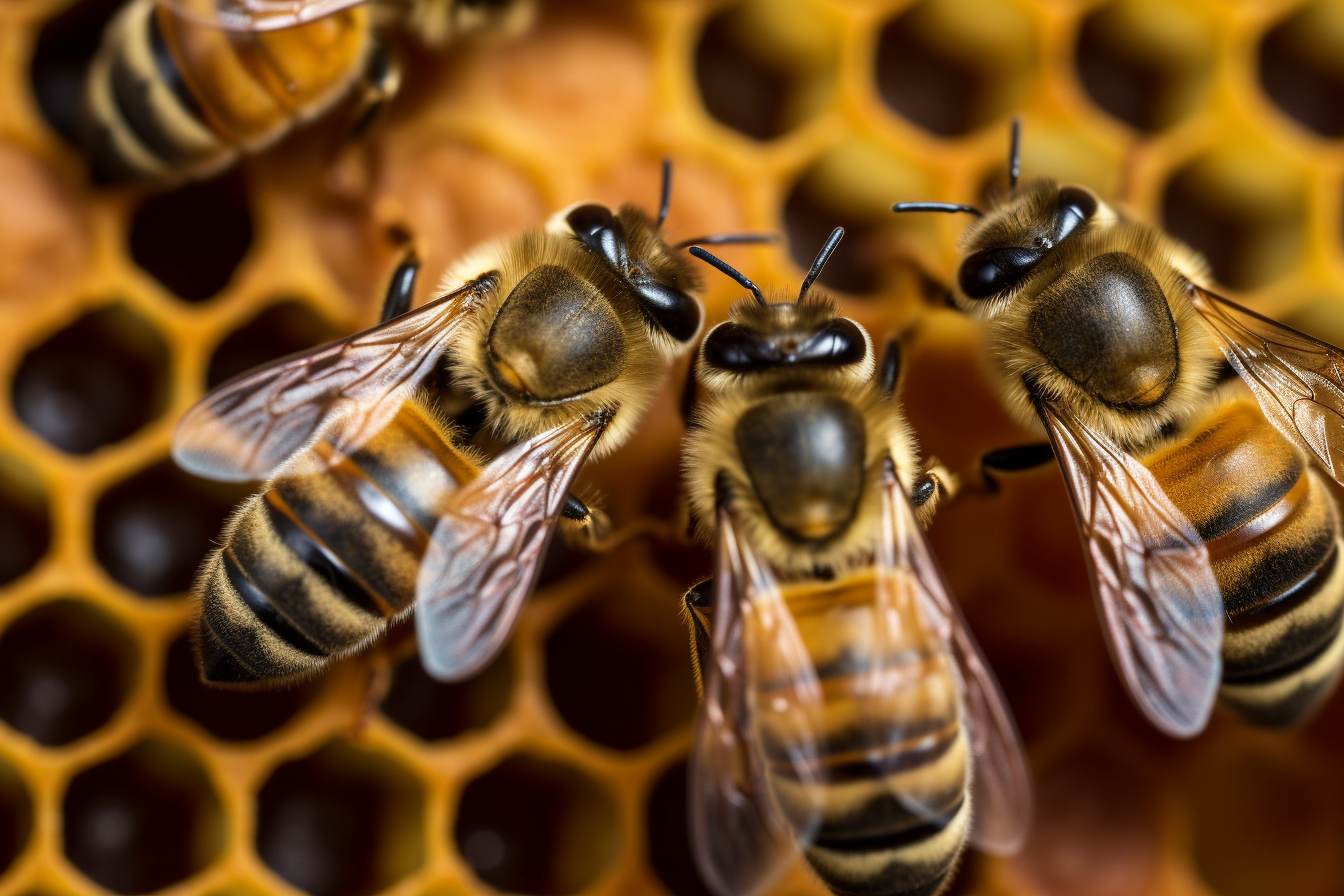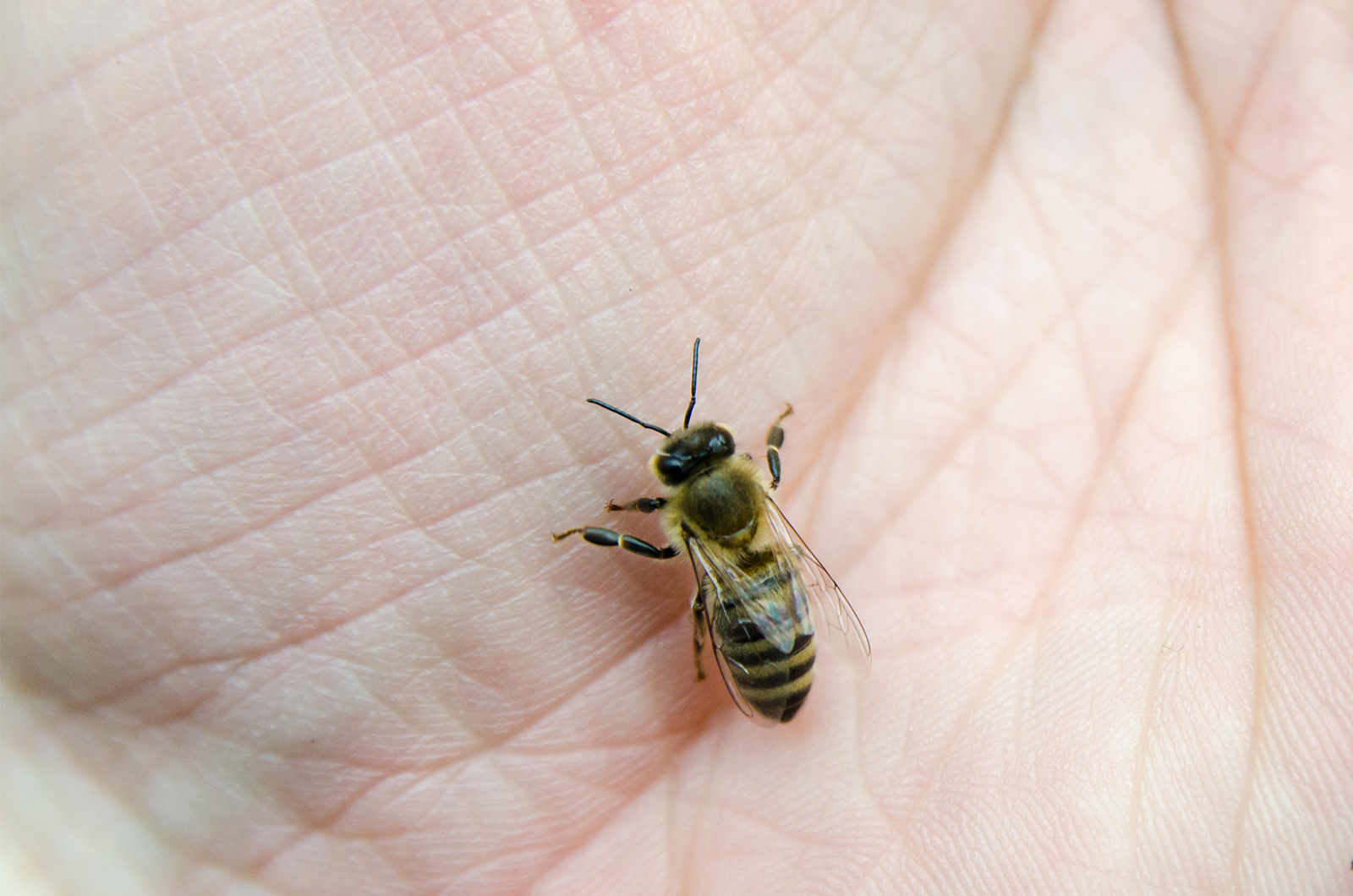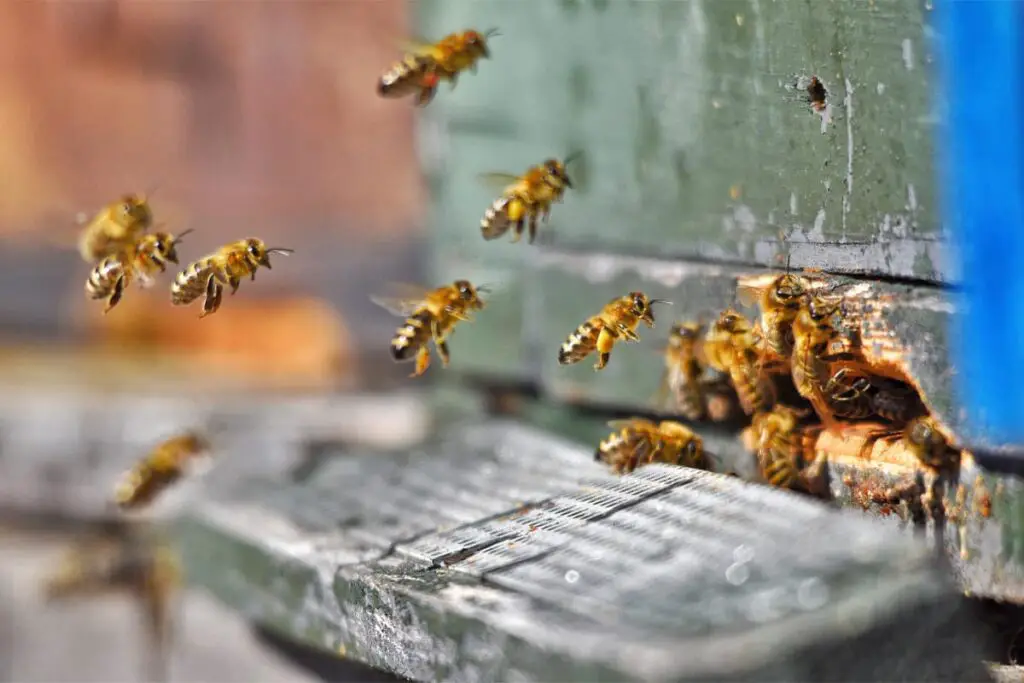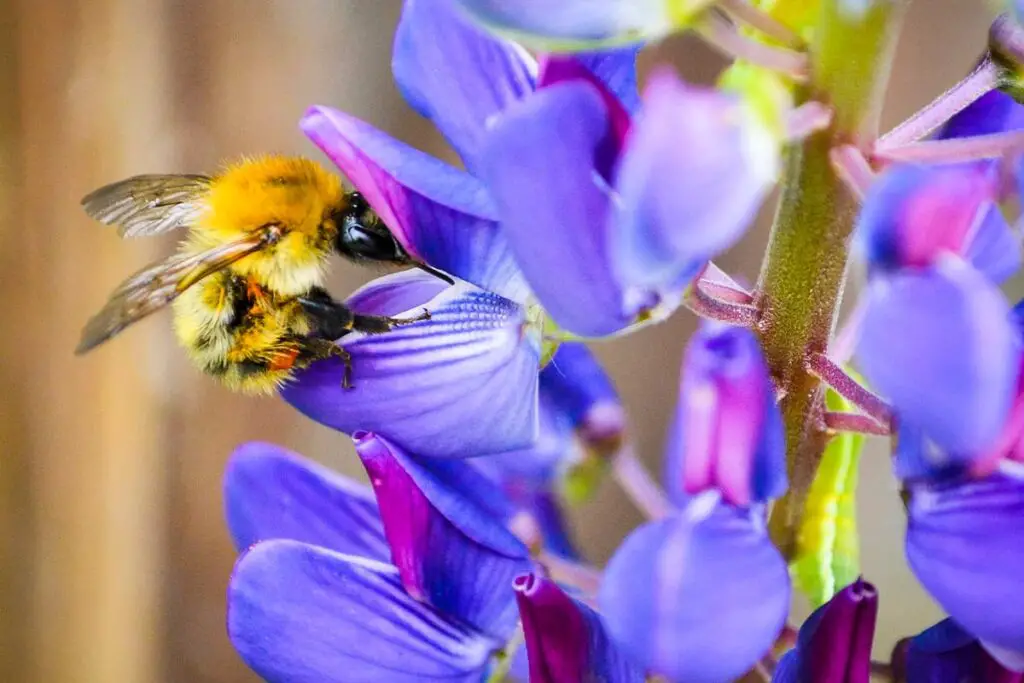
For most people, the idea of being stung by a bee may seem like something that could happen without any logical reason or provocation. It’s quite common to wonder whether bees will sting you out of the blue or if there is always a specific trigger behind such an occurrence. Understanding bee behavior and their motivations for stinging can help shed light on this fascinating subject.
Bees, in general, are not aggressive creatures and do not sting people without a reason. They usually resort to stinging as a means of defense when they perceive a threat to themselves or their hive. Different reasons can provoke a bee to sting, such as getting too close to their hive or exhibiting behavior that they perceive as aggressive.
Reasons for Bee Stings
Self-Defense
Bees do not sting people for no reason. Their primary motivation for stinging is self-defense. When a bee feels threatened by a person’s presence or their behavior, it may sting to protect itself. For example, if someone swats a bee or makes sudden movements, the bee may interpret this as aggression and sting in response. It is important to stay calm and move slowly when bees are nearby to avoid provoking them.
Protecting the Colony
Another reason a bee may sting is to protect its colony. Bees are territorial creatures, and they are more likely to sting when they perceive a threat near their hive. If a person comes too close to a bee’s nest or behaves in an aggressive manner near it, the bee will likely act defensively and sting to protect its hive and fellow bees.
Unintentional Stings
There are instances where a bee might sting unintentionally. For example, if someone steps on a bee while walking barefoot through grass or clover, the bee may sting out of pain or reflex. In such cases, the sting is not a deliberate act of aggression but an inadvertent reaction to being squashed or disturbed.

Bee Behavior and Sting Prevention
Reading Bee Signals
Understanding bee behavior is vital to avoid being stung. Bees do not sting people for no reason; they primarily sting when they feel threatened or to defend their hive (Busy Beekeeping). Pay attention to their body language and movements, which can indicate agitation or distress. For example, when a bee is flying in a zig-zag pattern or buzzing loudly, it may signal that it feels threatened or is in protective mode.
Avoiding Bee Attractants
To minimize the risk of unintentionally attracting bees, it is essential to avoid wearing bright colors or floral patterns, as bees may mistake them for flowers. Avoid using fragrant products, such as perfumed soaps, lotions, or hair sprays, as they may also draw bees towards you. Furthermore, be cautious when consuming sweet foods or beverages outdoors, as the sugary scents can entice bees.
Safe Practices Around Bees
When encountering bees, it is crucial to remain calm and avoid swatting at them or making sudden movements, as this may provoke a defensive response. If a bee comes close, gently blow it away or wave your hand slowly to encourage it to move on. If you are stung, leave the area immediately to avoid further stings, as a bee’s sting releases a chemical that can attract other bees (wikiHow).
It is also essential to learn safe practices around bees when gardening or exploring outdoors. Avoid walking barefoot in grassy areas, as bees may be foraging on clover or other low-growing plants. Additionally, opt to wear protective gear, such as gloves and long sleeves, when working with flowering plants to minimize direct skin contact with bees.
Dealing with a Bee Sting
Immediate First Aid
When you are stung by a bee, the first step to take is to remain calm and walk away from the area to avoid additional attacks. If the stinger is still in your skin, remove it as soon as possible by gently scraping the skin with the edge of a credit card or your fingernail. Avoid using tweezers, as this may push more venom into the skin.
Next, clean the sting area with soap and water to prevent infection. Apply a cold pack or ice wrapped in a cloth to reduce pain and swelling. You can also use home remedies for treating bee stings, such as hydrocortisone, calamine lotion, or everyday items like baking soda mixed with water.
Recognizing Allergic Reactions
Some people may experience an allergic reaction to a bee sting, which can range from mild to severe. Mild reactions may include redness, swelling, and itching around the sting site. Severe reactions, known as anaphylaxis, can cause symptoms such as difficulty breathing, rapid pulse, hives, or swelling of the face, lips, or throat.
If you suspect that you or someone else is experiencing an allergic reaction, administer an epinephrine injector (EpiPen) as necessary and call for emergency medical assistance.
When to Seek Medical Attention
For most people, a bee sting causes localized pain and discomfort that can be treated at home. However, according to HealthPartners, you should seek medical attention in the following situations:
- You have difficulty breathing, chest pain, or swelling of the face, lips, or tongue, which may indicate a severe allergic reaction.
- The sting is located near the eye or inside the mouth, as stings in these areas may cause complications.
- Signs of infection develop, such as increased pain, redness, swelling, or pus around the sting site.
- You were stung multiple times, as multiple stings can result in more severe symptoms and increased risk of complications.
Driven by a passion for those tiny creatures that rule our world, we at Bug Domain strive to be your go-to resource for information on insects.



